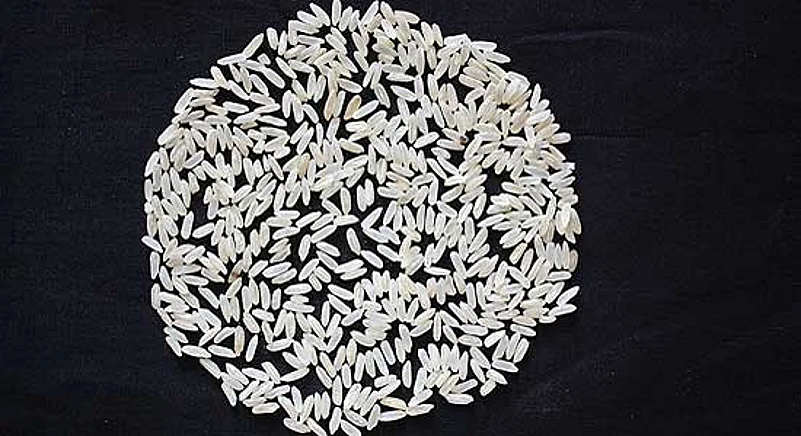Soak It, Eat It
- Scientists want to popularise rice varieties that can be eaten without cooking
- Known as komal saul (soft rice), they are part of the Assamese traditional diet
- These varieties just need to be soaked in water for 45 minutes
- CRRI has grown one variety outside Assam for the first time
- No changes have been reported in taste or productivity
***
A rice that doesn’t need to be cooked! At a time when climate change and energy conservation is top priority everywhere, could such a rice emerge as the one quirky metaphor in our fight to stave off global warming? Indeed, scientists at the Cuttack-based Central Rice Research Institute (CRRI) are now popularising certain rice varieties that can be eaten straight after soaking the grains in water.
The institute has for the first time grown agonibora—a kind of komal saul (meaning, rice that is soft)—in Orissa in an experiment to see if the rice can be cultivated outside Assam, where such varieties are commonly grown. Komal saul comprises rice varieties that become edible just with some soaking in water (for about 45 minutes at room temperature and just 15 minutes if the water is lukewarm). These include agonibora, bhogali and misri. The agonibora seeds used in the Orissa trial were harvested at the Titabar Rice Research Station of the Assam Agricultural University.
These komal saul varieties—representative of India’s diversity in rice cultivation—have always been an essential part of Assamese cuisine and culture. They are usually eaten mashed with curd or milk and sweetened with jaggery, especially during the Bihu festival. The unique softness of these rice varieties is a result of their low content of amylose, a kind of starch that contributes to the hardness of any grain. Compared to the usual 20-25 per cent in most rice varieties, the komal saul varieties have amylose levels of about 4.5 per cent.
CRRI director Tapan Adhya says the agonibora grown in Orissa shows no significant change in productivity or taste. The trials yielded some 4.5 tons per hectare under normal agronomic conditions. “We compared the data from the trials with that from the Titabar Rice Research Station and found the two to be at par. Even the results of our organoleptic tests for taste, in which we feed the rice to a panel of tasters, do not indicate any difference,” he says. These results are being processed for publication in a scientific journal.
The team at CRRI is now growing the rice in larger fields to standardise cultivation practices so that the details can be provided to farmers interested in growing komal saul. Tests with other varieties—like bhogali and misri—will follow. Other than in Orissa, the rice can be grown in parts of Andhra Pradesh, Bihar and West Bengal, where the agro-climatic zones are not very different from those in Assam. “There is nothing spectacularly different about the growing conditions of komal saul,” Adhya says.
While no estimates have been arrived at, the rice is expected to help cut down significantly on energy consumption among rice-eaters. “Among the extremely marginal rural people, who use plant biomass for their cooking needs, komal saul will also reduce the damage caused to their health by smoke inhalation,” Adhya adds. But any widespread and safe use of komal saul is also dependent on the availability of potable water to avoid contamination of the rice. For the millions without access to safe drinking water, even a hearty meal of komal saul will remain a dream.


























